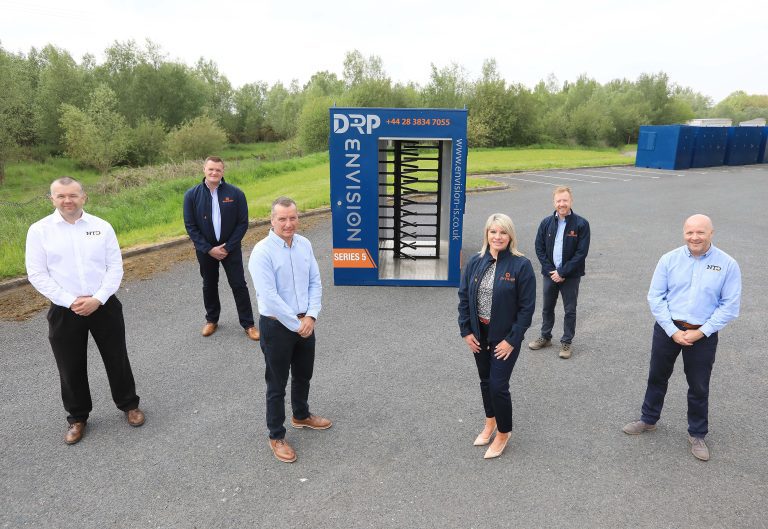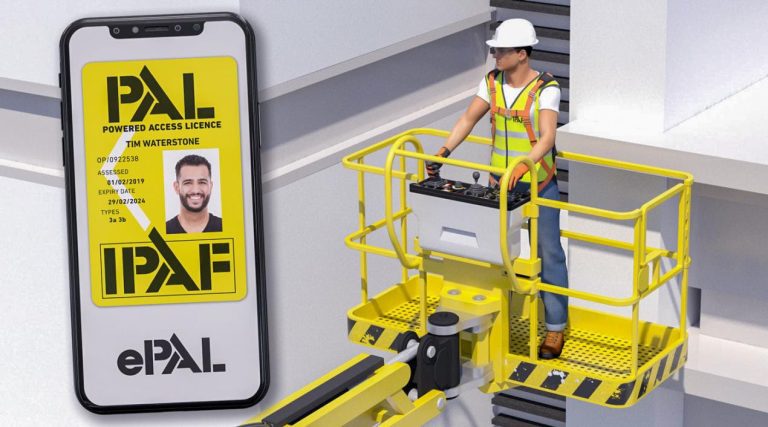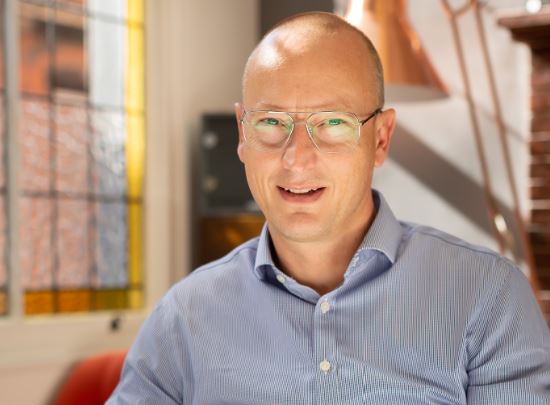Even before the pandemic, every business needed to take a strategic approach to communications, and the Engineering and Construction Contract (ECC) has always promoted clear and concise communication. With many disputes that arise within the construction industry being due to poor or ambiguous communication, director at Sypro and NEC4 co-author, Dr Stuart Kings, examines why the cloud-based leap is central to better contract communication. Despite construction projects being valued in the millions, many project managers and construction teams still rely on managing contracts in the old-fashioned way – i.e. complicated spreadsheets, lots of paper, unrecorded phone calls, and large email chains. With poor contract management being a major source of disputes between a client and contractor, the value of clear communication is evident. The move from NEC3 to NEC4 was labelled as an ‘evolution, not a revolution’, meaning that it built on and improved what we already had in place. The NEC3 Engineering and Construction Contract (ECC3) required all communication to be in a form that could be read, copied and recorded, and notified matters communicated separately. This means those using a paper-based system find themselves inundated with intensive admin – plus will have faced the associated problems of managing physical paperwork caused by a sudden move to homeworking during the pandemic. This approach to communication is a key difference in Version 4, which states that ‘If the Scope specifies the use of a communication system, a communication has effect when it is communicated through that system specified in the Scope’[i]. In contract speak, this means that communication only has effect when it takes place within the specified system – no other communications would have effect. This essentially advocates a cloud-based operation, with no need for paper-based registers or huge logs of communications – and this is the direction the industry needs to go towards and is why systems like Sypro’s Contract ManagerTM not only exist, but also thrive. The last thing any business has needed during the past year is to deal with a dispute that was ultimately avoidable. The whole premise of systems like Contract Manager is to run projects more efficiently, with everything you need in one place, thereby allowing teams to move to working remotely quickly and simply, with no loss of information or the all-important project communications. Due to the long-term nature of construction projects, we must also keep in mind that every file, piece of data, and communication will need to be accessible for years to come. This is another benefit to cloud-based systems, as this information will be stored in a compliant manner and will accommodate for any future circumstances like office moves or staff changes. This, in itself, can help prevent any issues from escalating into full disputes, allowing information to be gathered clearly and quickly to evidence the situation. Throughout the pandemic – with staff on furlough and unable to meet physically – information could easily be forgotten, lost, or miscommunicated, and so the benefits of cloud-based systems have become even more apparent. The industry was certainly working towards better use of technology for our everyday processes, but the pandemic has accelerated this further and systems like Contract ManagerTM don’t simply streamline communications but cover all facets of the contract from the Early Warning Register, management of Defects, and payments. It’s easy to see where cloud-based management systems benefit project managers when we examine the number of communications that go through Sypro’s Contact Manager, which is used on some of the biggest construction projects across the country. For example, in the first quarter of 2021, more than 15,000 communications of various types took place via the tool across live projects. This is more than 15,000 opportunities for miscommunication, which would be at much higher risk of happening if these communications were not streamlined through a central system. A final obvious benefit to a cloud-based system is just that – it is cloud-based. This means that information is stored digitally, and we are able to save physical storage space in our offices and reduce the amount of paper we use within our businesses. Many companies are working to reduce their carbon footprint and work in a digital first manner – and cloud-based systems will help any construction company (or client) to reduce physical paperwork. Our overall move towards digitisation in the industry will be crucial in the coming years. It will improve transparency, information exchange, payment performance, and contract management across the sector for all parties – and will ultimately help us collectively deliver on several of the key principles outlined in The Construction Playbook, which makes it clear that government strives to see this transformational change in the sector. For more information, please visit https://www.sypro.co.uk/














